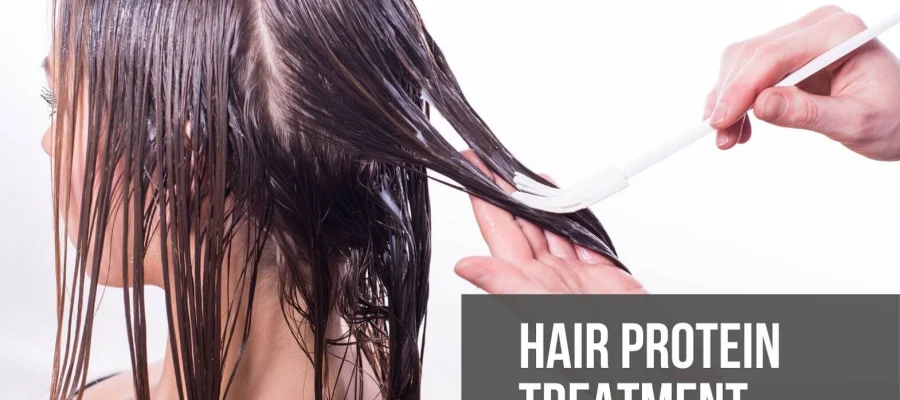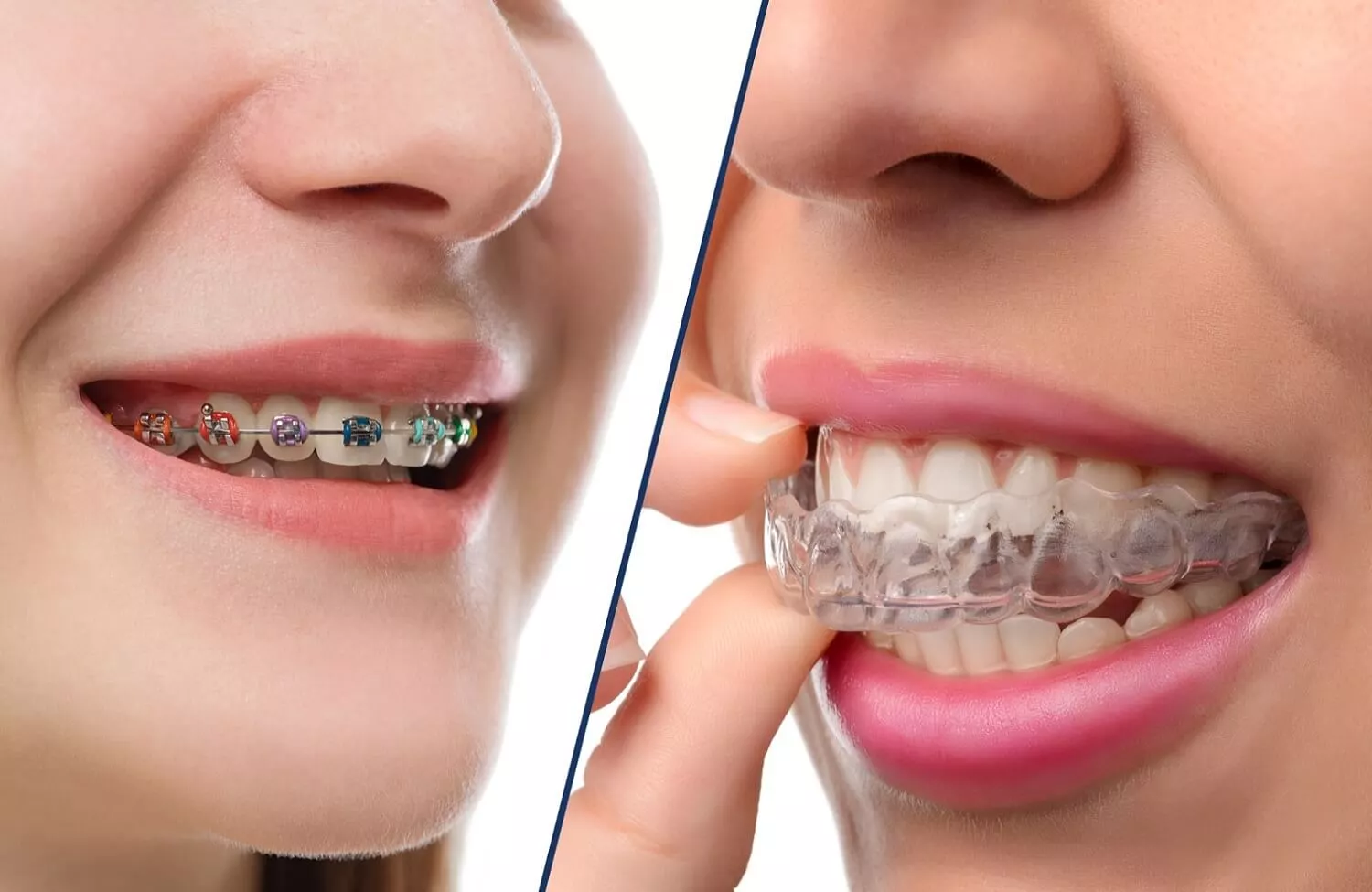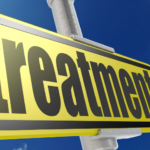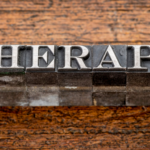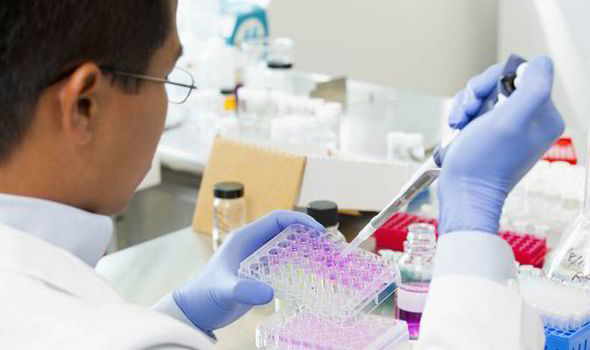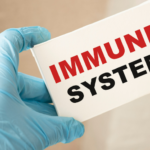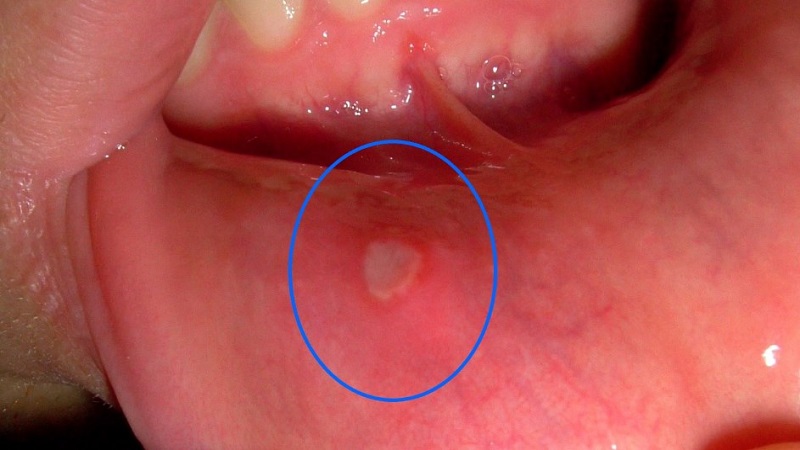Is your hair feeling lifeless, brittle, or overly frizzy? You might be dealing with protein deficiency—a common cause behind weak, damaged hair strands. One of the best ways to restore your hair’s health is through a hair protein treatment. This targeted therapy strengthens your hair from within, repairing damage and bringing back its natural shine and elasticity.
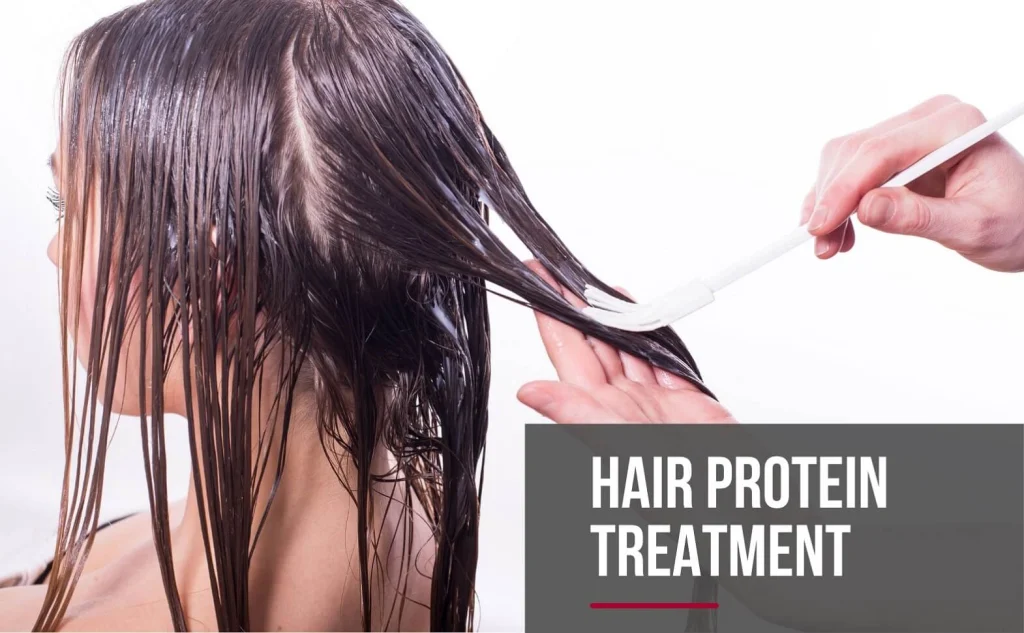
Content
What is Hair Protein Treatment?
A hair protein treatment is a deep conditioning method designed to infuse hair with proteins—primarily keratin and other amino acids—to strengthen the hair shaft. Protein is the core building block of your hair, and when it becomes depleted due to heat styling, coloring, pollution, or poor nutrition, your hair becomes more prone to breakage and split ends.
How Protein Works in Hair Structure
Hair is composed of about 90% protein (keratin). Environmental and mechanical damage weakens the keratin bonds, leaving your strands dull and porous. Protein treatments fill in these gaps, acting like a patch that reinforces the hair shaft.
Why Does Hair Need Protein Treatments?
Your hair loss protein over time from:
- Frequent use of straighteners, curling irons, or blow dryers
- Harsh chemical treatments like coloring or perming
- Sun exposure, chlorine, and environmental stress
- Poor dietary habits and vitamin deficiencies
Without adequate protein, your hair becomes limp, fragile, and prone to breakage. A protein treatment for hair helps:
- Repair and strengthen damaged strands
- Prevent split ends and hair fall
- Improve manageability and reduce tangles
- Enhance shine, thickness, and overall texture
Did You Know? Hair with high porosity loses moisture quickly and is more likely to need protein treatments than low-porosity hair.
Quick Facts about Protein Hair Treatments
- Main Ingredient: Hydrolyzed keratin, silk protein, wheat protein
- Duration: Typically 20–45 minutes per session
- Frequency: Every 2–4 weeks, depending on hair type
- Results: Stronger, shinier, less frizzy hair after 1–2 uses
How to Do Hair Protein Treatment at Home
You can easily perform a protein hair treatment at home using either salon-grade products or DIY protein masks.
Option 1: Store-Bought Treatment
Steps:
- Wash your hair with a mild, sulfate-free shampoo to remove dirt and buildup.
- Apply the protein treatment to damp, towel-dried hair, concentrating on the lengths and ends.
- Massage gently and comb through for even distribution.
- Cover with a shower cap and let it sit for 20–30 minutes.
Look for products with hydrolyzed wheat protein, collagen, or keratin on the label.
Option 2: DIY Protein Hair Mask
Ingredients:
- 1 egg (rich in keratin and biotin)
- 2 tbsp yogurt (contains lactic acid and protein)
- 1 tbsp coconut oil or olive oil
- Optional: 1 tbsp honey for moisture
Steps:
- Whisk the egg, yogurt, and oil into a creamy paste.
- Apply evenly to clean, damp hair.
- Leave on for 25–30 minutes under a shower cap.
- Rinse with lukewarm water (avoid hot water to prevent egg from cooking).
DIY masks are perfect for natural hair care lovers and can be done once every 2–3 weeks.
How Often Should You Use a Protein Hair Treatment?
The frequency of protein treatments depends on your hair’s damage level and porosity.
| Hair Type | Condition | Suggested Frequency |
| High-porosity, chemically treated | Severely damaged | Every 1–2 weeks |
| Medium-porosity | Moderately damaged | Every 3–4 weeks |
| Low-porosity, virgin hair | Healthy | Once a month or less |
Overuse can cause protein buildup, making the hair feel dry, rough, and straw-like. Alternate with hydrating masks or deep conditioning treatments.
Protein Treatment for Hair Price
Protein hair treatment costs vary depending on the type and method used.
Salon Treatment
- Keratin-based treatments: PKR 10,000 – 25,000
- Cysteine treatment (gentler option): PKR 12,000 – 30,000
- Collagen treatments: PKR 8,000 – 20,000
These options often include smoothing and straightening benefits as well.
At-Home Treatment
- Professional-grade masks: PKR 800 – 3,500
- DIY kits: Under PKR 500
- Weekly DIY mask cost: Minimal (egg, yogurt, oil)
At-home options are budget-friendly and safer for long-term hair health.
Protein Treatment for Hair Side Effects
While protein treatments are highly beneficial, improper use can lead to unwanted side effects.
Possible Risks:
- Protein Overload: Results in stiff, dry, brittle hair
- Scalp Irritation: Especially if left on too long or not rinsed properly
- Allergic Reactions: To ingredients like egg, milk, or preservatives
Final Thoughts on Hair Protein Treatment
Whether your hair is damaged from heat, coloring, or environmental stress, a hair protein treatment can be the key to restoring its strength and shine. By replenishing essential proteins like keratin, these treatments rebuild the hair structure from within, reducing breakage, improving elasticity, and giving your hair a healthier, more vibrant look.
FAQs
What is the difference between keratin and protein treatment?
Keratin treatment is a smoothing therapy that often includes formaldehyde and aims to reduce frizz. Protein treatment, on the other hand, simply strengthens the hair without altering its texture.
Is hair protein treatment good for all hair types?
Yes, especially beneficial for chemically treated, colored, high-porosity, or damaged hair. If your hair is healthy, use protein treatments sparingly.

Karen is a health blog author who has been writing about healthy living since 2013. She started her journey by adopting a vegan diet and eating only organic foods, but the more she learned, the more she realized that we should all be eating plant-based diets exclusively. As an expert in nutrition and wellness, Karen blogs to educate readers on how they can live happier and healthier lives through food choices!

